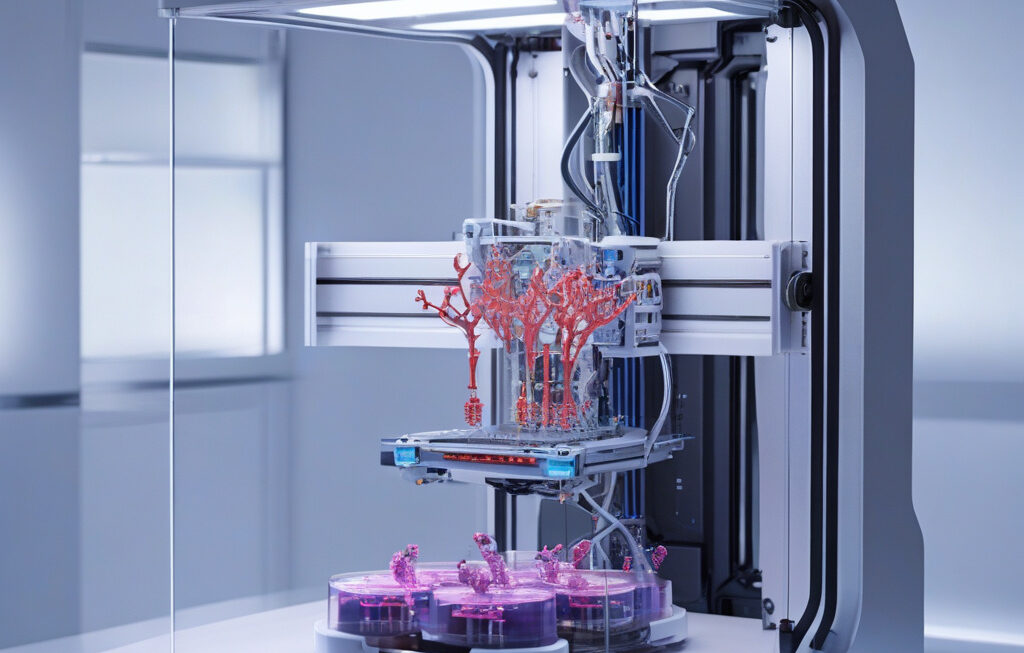MIT Cracks Code of Lithium-Ion Chemistry for Faster, More Powerful EV Batteries
The realm of electric vehicles (EVs) has been a hotbed of innovation and competition, with major players constantly striving to enhance the performance and efficiency of EV batteries. In a groundbreaking development, the Massachusetts Institute of Technology (MIT) has made a significant breakthrough in understanding the intricate chemistry of lithium-ion batteries, paving the way for faster-charging, more powerful batteries that could revolutionize the EV industry.
The MIT study has created a new model, called the Coupled Ion-Electron Transfer (CIET) model, which delves deep into the fundamental processes that govern the behavior of lithium ions within a battery. By gaining a better understanding of how ions move within the battery during charging and discharging cycles, researchers can now optimize the battery design to improve efficiency and performance significantly.
One of the key advantages of the CIET model is its ability to predict the behavior of lithium ions at the interface between the electrode and the electrolyte. This is crucial because the performance of a lithium-ion battery is heavily influenced by the processes that occur at this interface. By accurately modeling these interactions, researchers can fine-tune the battery’s chemistry to enhance its overall performance.
The implications of this breakthrough are far-reaching. With the knowledge gained from the CIET model, battery manufacturers can now develop batteries that charge at a much faster rate while delivering higher power outputs. This means that EVs equipped with these advanced batteries could potentially have longer driving ranges, shorter charging times, and superior acceleration capabilities.
Moreover, the CIET model opens up new possibilities for the design of next-generation batteries with enhanced safety and longevity. By optimizing the arrangement of ions within the battery and minimizing the risk of unwanted side reactions, researchers can create batteries that are not only more powerful but also more durable and reliable.
The automotive industry is already taking note of MIT’s groundbreaking research, with major EV manufacturers expressing keen interest in incorporating the new findings into their future battery development projects. The prospect of EVs with faster, more powerful batteries is an enticing one for both manufacturers and consumers alike, as it promises to address some of the key limitations of current EV technology.
In conclusion, MIT’s discovery of the CIET model represents a significant leap forward in the quest for faster, more powerful EV batteries. By unraveling the complexities of lithium-ion chemistry, researchers have unlocked a treasure trove of opportunities for enhancing the performance and efficiency of electric vehicles. As the EV industry continues to evolve, innovations like the CIET model are poised to drive the next wave of advancements, making electric transportation more accessible and sustainable than ever before.
MIT, EV, batteries, lithium-ion, innovation












